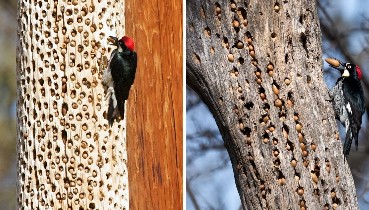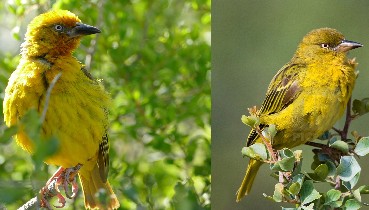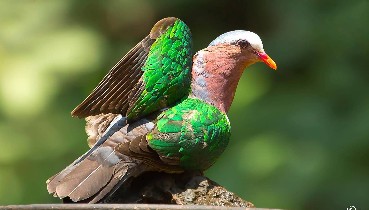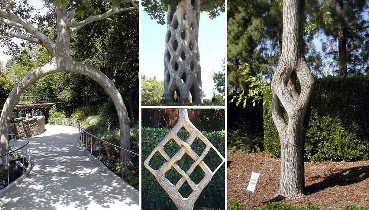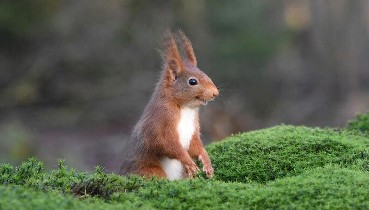Plant taxonomy classifies hollyhocks as Alcea rosea. Sometimes, the genus name is given as Althea; but don't confuse the plant with rose of sharon, which may also go by that name. Among the more popular types are the black hollyhocks ('Nigra' cultivar), plants with such dark flowers as to be almost truly black in color. While my article is about Alcea rosea as a general class of plants, I do want to call special attention to the ones with black flowers, which I find particularly alluring.
Plant Type
Most are either biennial plants or short-lived herbaceous (although the dead flower stalks persist through winter) perennial plants. For example, the black hollyhock in the picture died after three years. The popular 'Zebrina' is a short-lived perennial that is sometimes treated as if it were an annual plant. It is not a true hollyhock but rather a type of mallow (its full scientific name is Malva sylvestris 'Zebrina').
Characteristics
Hollyhocks are typically tall (6 feet or more in height), slender plants. Some types have handsome double or semi-double flowers; the flowers come in a wide variety of colors. The texture of the leaves is coarse.
Planting Zones
Alcea, a plant indigenous to China, may be grown in planting zones 4-10 (or even lower, depending on variety). You might be surprised to discover how many plants that Westerners take for granted as being "just part of gardening" come originally from the Far East. Take a look at my article on the plants of China to learn more.
Sun and Soil Requirements
Black hollyhocks (as well as those with other flower colors) prefer full sun. Plant them in a well-drained soil rich in humus with a neutral pH.
Uses for Black Hollyhocks
What plants come to mind when you hear, "cottage gardens?" There's a good chance that hollyhocks will be one of the plants you think of. A classic look is hollyhock plants lining a picket fence. Because they are tall plants, they can be a good choice for the back rows of planting beds.
While black hollyhocks, specifically, are not exactly "traditional" plants (being relatively new cultivars), they do offer a nice design twist. Make use of the dark flowers to create strong color contrasts with plants that have brighter flowers. Examples that make good companions (that is, plants that share the same cultural requirements) include yellow yarrow plants, sunflowers, and yellow marigolds.
Care
Make sure that your hollyhocks have good air circulation. Otherwise, you may lose them to hollyhock rust, a fungus (Puccinia malvacearum). Insect pests for hollyhocks include whitefly (you can try spraying with neem oil). You can deadhead hollyhocks to promote better flowering, although some growers sacrifice flowers in exchange for re-seeding. Since hollyhocks are tall plants, staking may be advisable, especially in windy areas.

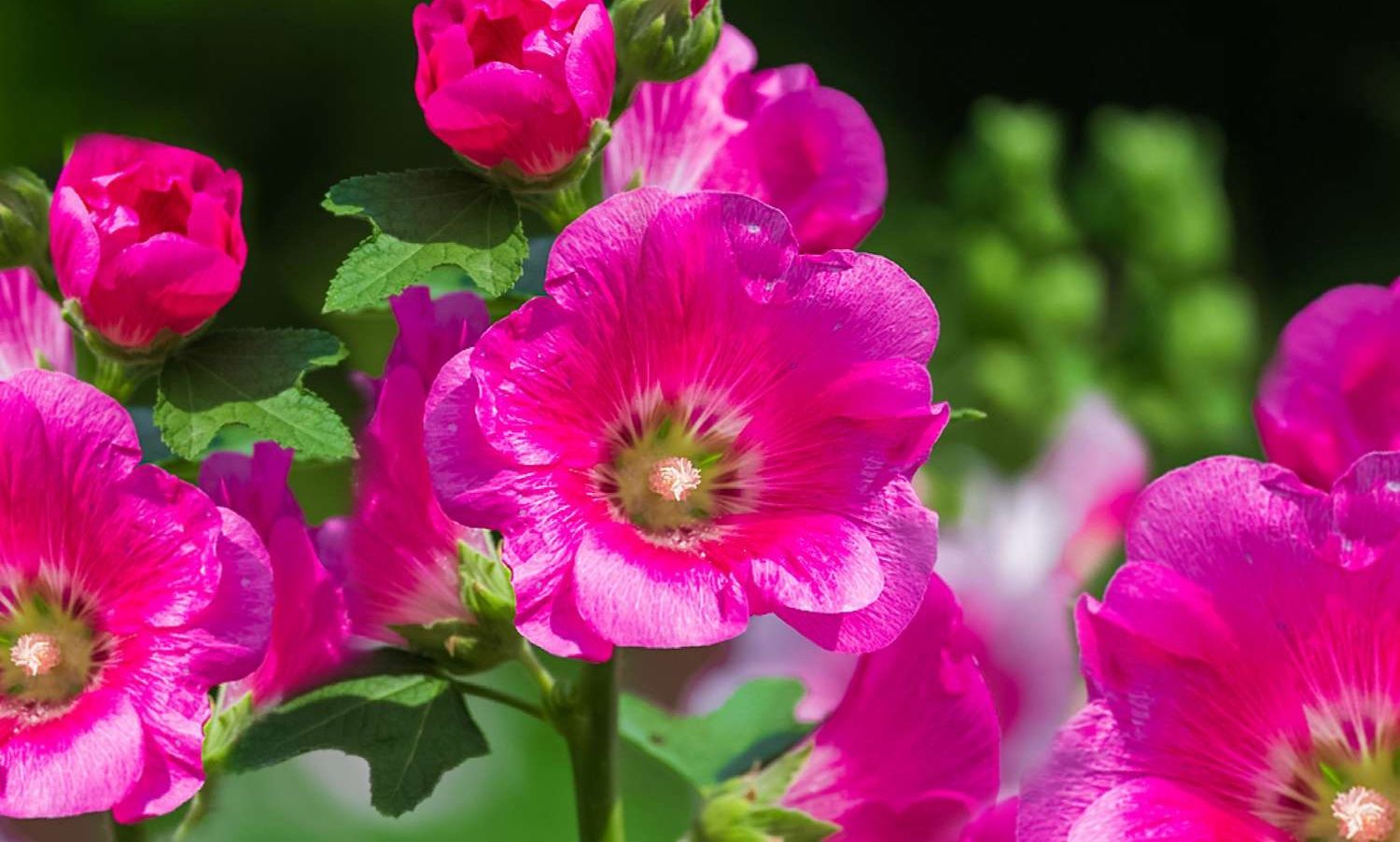
:max_bytes(150000):strip_icc()/top-biennial-flowers-1402215-04-16e0d9045ba045ee901f717b8b552c78.jpg)
:max_bytes(150000):strip_icc():format(webp)/plant-taxonomy-of-black-hollyhocks-2132552-hero-fb8096c456934f278c805d2f6c9907de.jpg)

